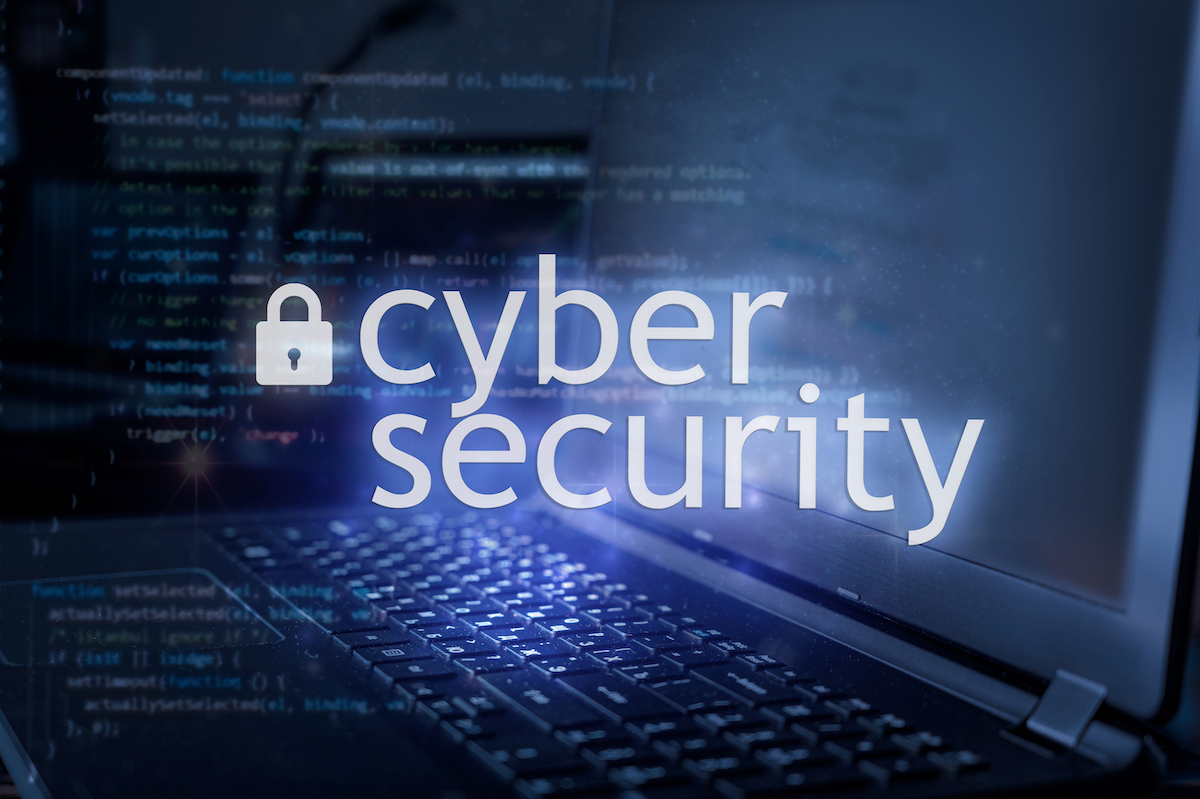Furthermore, security awareness training fosters a culture of cybersecurity within the organization. When employees understand the importance of security and perceive it as a shared responsibility, they become more inclined to follow security best practices, adhere to policies and procedures, and champion security-related initiatives. This culture of vigilance significantly enhances the organization’s overall security posture.
Key Strategies for Effective Security Awareness Training
Customization: Security awareness training should be tailored to the specific needs and risks faced by the organization. Generic training programs may not resonate with employees or adequately address the organization’s unique challenges. By customizing the training content to align with the industry, organization, and job roles, it becomes more relevant and engaging for employees.
Multifaceted Approach: Security awareness training should encompass a variety of learning methods to cater to different learning styles. It can include interactive modules, videos, quizzes, simulations, and hands-on exercises. This multi-pronged approach enhances engagement, retention, and application of the knowledge gained.
Continuous Training: Cyber threats are constantly evolving, requiring employees to stay updated with the latest trends and techniques employed by cybercriminals. Regular and ongoing training ensures that employees are equipped with the necessary knowledge and skills to address emerging threats effectively.
Phishing Simulations: Phishing attacks remain one of the most prevalent and effective techniques employed by attackers. Simulated phishing exercises can be conducted to test employees’ ability to identify and report suspicious emails. These exercises provide valuable insights into vulnerabilities and help reinforce best practices.
Incentivization: Adding an element of incentivization to security awareness training can increase engagement and motivation among employees. Leaderboards, rewards, and badges can be introduced to create a friendly competition and incentivize participation.
Executive Involvement: Leadership buy-in is crucial for the success of security awareness training initiatives. When executives actively participate in and promote security awareness programs, it sends a clear message to employees about the organization’s commitment to security. Executives can also share their experiences and emphasize the importance of security during company-wide communications.
Metrics and Evaluation: Measuring the effectiveness of security awareness training is essential to identify areas of improvement. Metrics such as click-through rates on simulated phishing emails, incident reporting rates, and employee feedback surveys can provide valuable insights to fine-tune the training program.
In an era of ever-evolving cyber threats, organizations must invest in security awareness training to build a resilient human firewall. By imparting knowledge, fostering a cyber-security culture, and empowering employees, organizations can significantly reduce the risk of cyberattacks. Customization, a multifaceted approach, continuous training, phishing simulations, incentivization, executive involvement, and metrics-based evaluation are essential elements to maximize the effectiveness of security awareness training. With help from Axis Computer Networks, your organization can implement these strategies, and establish a robust security posture that strengthens the human element of defense against cyber threats.

